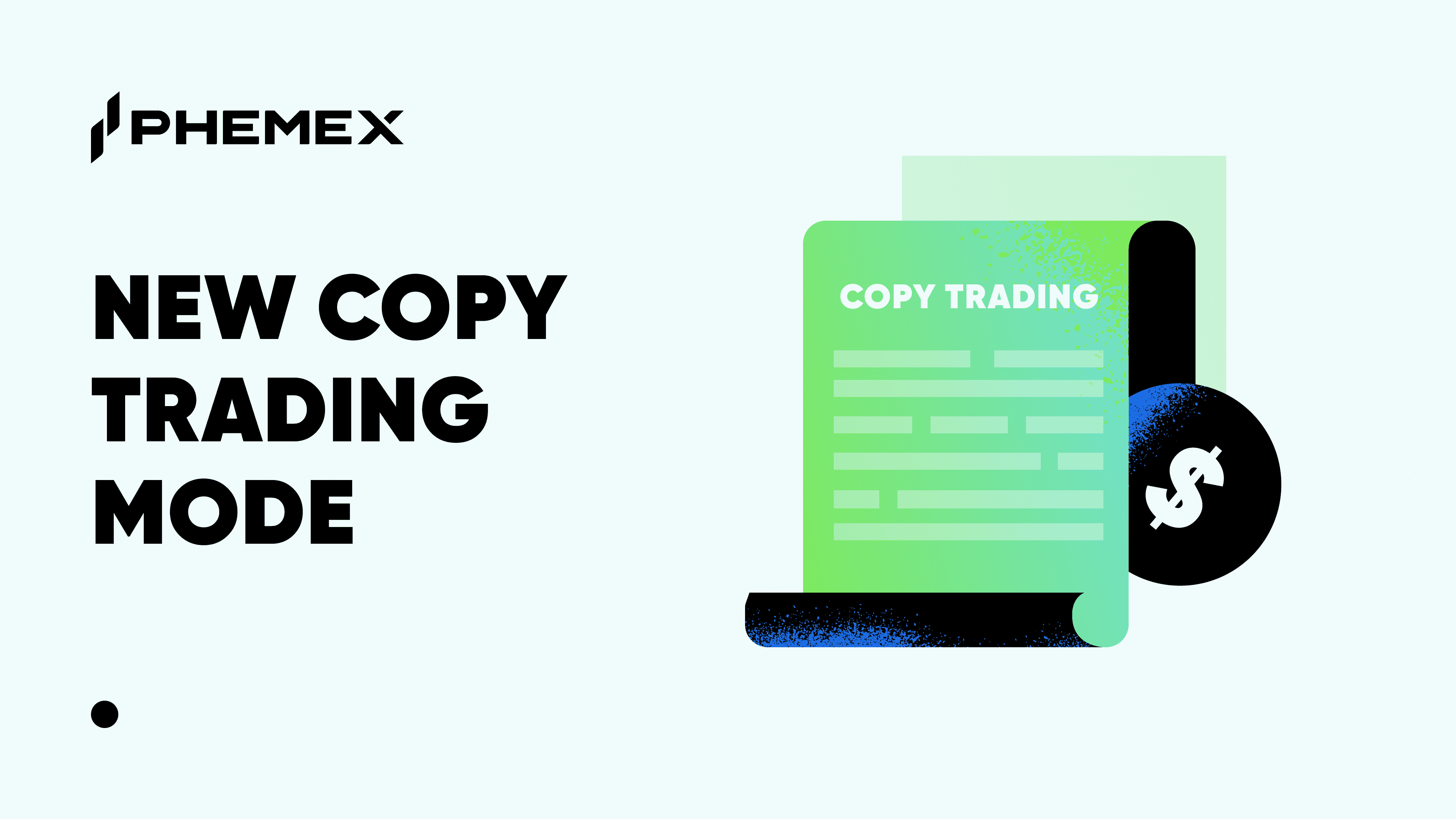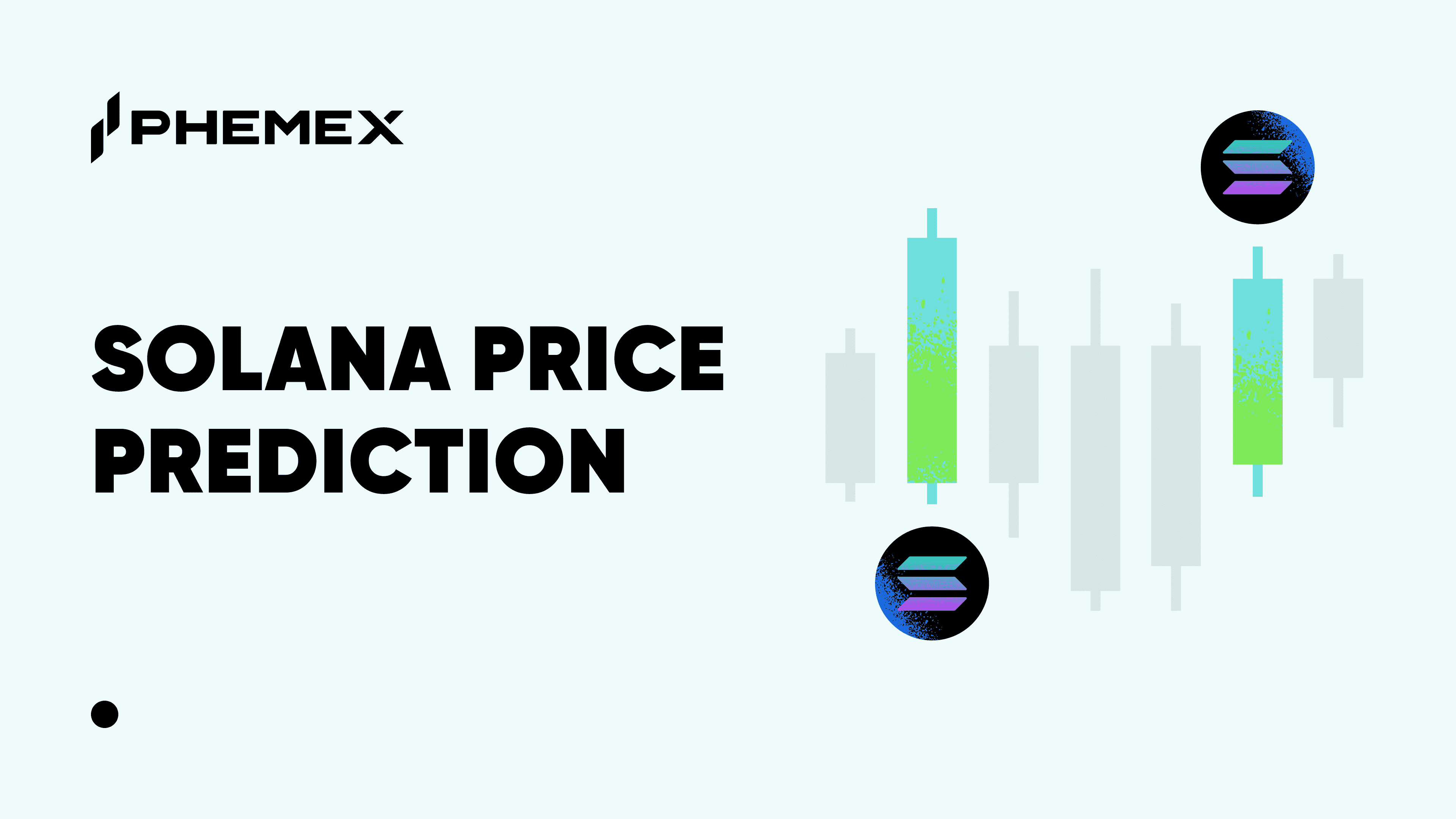“Minting” an NFT is distinctively publishing the ERC-721 token on the blockchain to make it purchasable in a non-fungible manner. It stores proof on the blockchain of ownership and the NFT’s transfer history. The NFT represents a one-of-a-kind object, and minting gets it onto the blockchain.

Before Minting An NFT: The Key Considerations
NFTs ensure characterization for your digital asset. It guarantees that the asset can be easily exchanged or bought in the NFT marketplace. NFTs also enable better tracking of possession and adaptability for resale or collection in the future. Make sure you use a reputable platform and blockchain for minting an NFT. Ethereum is the most well-known blockchain for minting NFTs, but Polkadot, BSC, EOS, and Cosmos are a few other blockchain platforms that also support NFTs.
1 NFT System
It is critical to ensure that the preferred platform that you choose is fit for supporting the exchange and deals of NFTs on other blockchains. Developers should investigate the benefits and issues identified with the NFT environment with each blockchain.
2 Cost-Effective Network
At present, the most popular blockchain networks for minting NFTs are Ethereum and BSC.
3 NFT Marketplace
An essential factor that you ought to remember is the NFT marketplace. Common examples of Ethereum blockchain marketplaces are Mintable, OpenSea, and Rarible. The BSC marketplaces are BakerySwap, Juggerworld, and Treasureland.
Step-By-Step: How To Mint An NFT?
Step One: Create Asset
The first and foremost step is the process of creating an NFT, which always begins with the creation of the asset it would portray. The asset can be anything ranging from artwork, music, video, to even Tweets. The user will need to choose amongst these assets in their repertoire based on which they can create an NFT.
Step Two: Purchase Ether
The next step in NFT minting is to purchase ETH. Currently, the majority of NFT advancement projects are on Ethereum. Users minting NFTs on the Ethereum blockchain will need to have ETH tokens in the same wallet they are using to create the NFTs. ETH tokens can be purchased using fiat currencies via centralized exchanges like Phemex.
Step Three: Create a Non-Custodial Ethereum Wallet
A non-custodial wallet alludes to a particular variation of a cryptocurrency wallet empowering absolute command over your assets. The wallet is essentially a record to store and perform exchanges with crypto. It is important to recall that a non-custodial wallet is unique in relation to wallets under ownership and management of a centralized crypto exchange.
Non-custodial wallet assists you with gaining access to the seed phrase. The seed phrase is a haphazardly created 12-word combination that can enable wallet backup alongside access throughout various platforms
Step Four: Set Up the Non-Custodial Wallet
As of now, you can find distinctive non-custodial wallets that can assist you with diminishing your NFT minting cost. Some of the common non-custodial wallets in the case of mobile are Coinbase and Rainbow, and Metamask for laptop users.
Step Five: Send Ether to the Non-Custodial Wallet
When you have your non-custodial wallet fully operational, you can move to the following stage of NFT minting. One has to make sure to move their wallet address to move ETH to the non-custodial wallet formatted earlier. The wallet address is the account number to be used for sending and accepting crypto from one wallet to another.
Step Six: NFT Marketplace Selection
The secret to finding the cheapest way to mint an NFT is in finding the platform for NFT minting. The most encouraging platforms are OpenSea and Rarible. OpenSea doesn’t need its users to pay minting fees every time to create new NFTs.
Users only need to pay for the first time while setting up their collection on OpenSea. On account of the subsequent NFTs, the purchaser will make up for the gas fees. After minting, it goes into the wallet and permits you to sell it on the platform. You can mint on one particular platform and sell it on another.
Step Seven: Create NFT
The last step is to create an NFT which is effortless, and various available platforms have made this process simpler and easier to follow.
Conclusion
Thus, you can see how simple it is to mint an NFT. You should be cautious with regards to the underlying necessities or essentials, basically for planning and arrangement purposes. NFTs are well known, and making NFTs can be very overpowering. However, a carefully calculated course of action can help in the cost-effective minting of NFTs.












